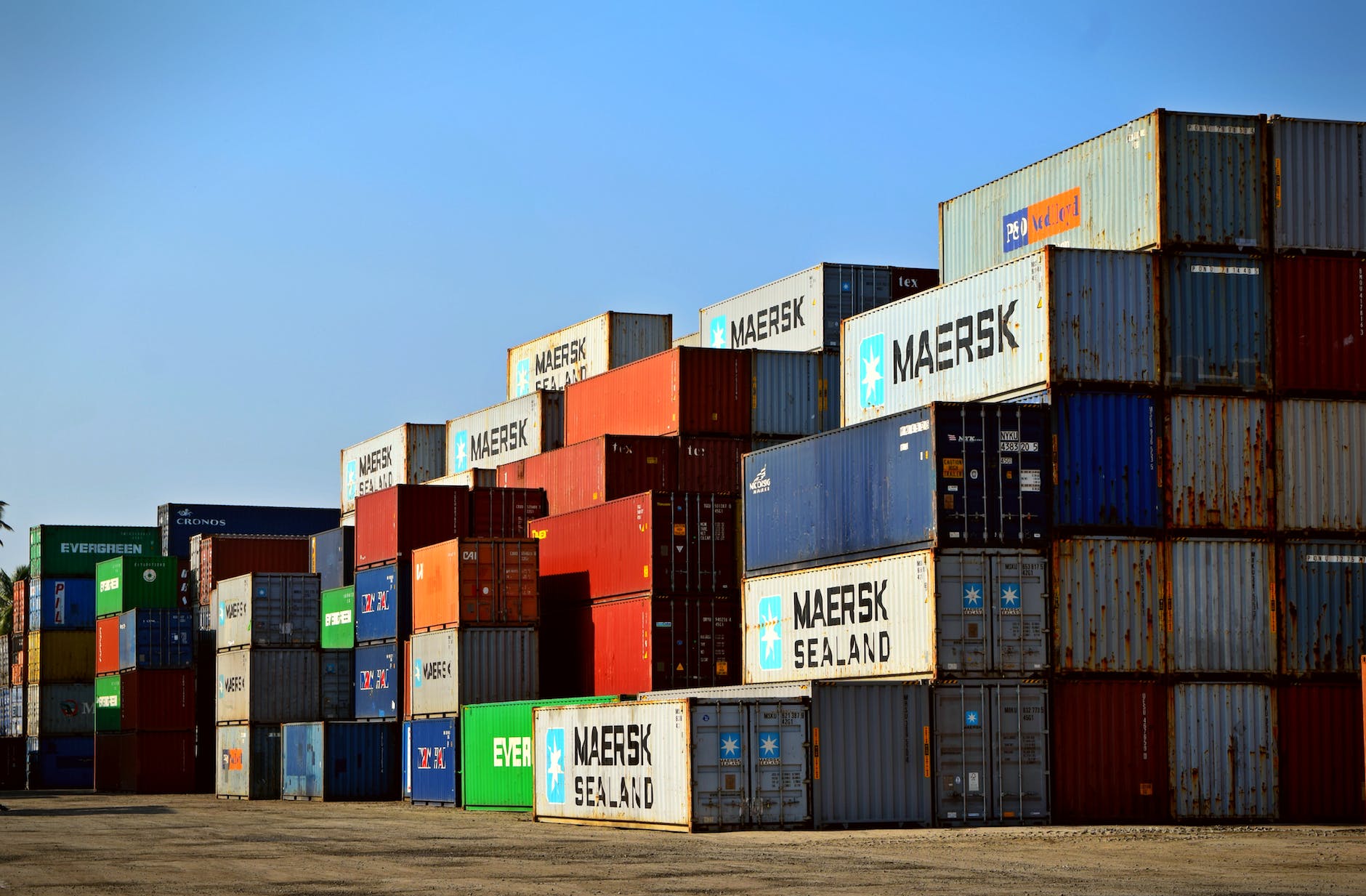
If you’re a homeowner with a backyard or a farmer in the US, you’ve probably heard of Monsanto’s Roundup weed killer.
It’s a popular non-selective herbicide that’s been used for years to curb the growth of unwanted weeds in gardens, lawns, and farms. It is well-known for its ease of use and effectiveness in controlling various types of weeds and grasses when used as directed. But before you reach for the trusty green bottle, it’s important to arm yourself with all the facts.
In this blog post, we’ll cover four key aspects you should know about Roundup weed killer.
#1. Roundup’s Active Ingredient: Glyphosate
Originally manufactured by Monsanto, Roundup contains glyphosate as its active ingredient.
Glyphosate is a systemic herbicide, meaning it can seep into the plant through the roots and leaves. All glyphosate-based herbicides follow the same process: they inhibit the EPSP synthase enzyme that plants need to produce amino acids. Without this enzyme, the plant is unable to create essential proteins and dies within days.
Glyphosate works best on actively growing plants. As Roundup is non-selective, it will destroy almost any plant it interacts with. And as most plants need EPSP synthase to grow, all of them are at risk from glyphosate. There are different types of Roundup products available on the market, including Roundup Ready-to-Use, Roundup Concentrate, and Roundup Extended Control.
Each product has a different concentration of glyphosate and is designed for specific uses, such as residential and commercial use. You can also buy it in multiple forms, such as liquid concentrate, solid and ready-to-use liquid.
#2. Is Roundup Safe?
Concerns about Roundup’s safety for humans and the environment are valid. The EPA asserts that the product is safe and poses no danger to human health when used as directed.
However, some independent researchers, critics, and regulators disagree with this assessment. Several studies link glyphosate to an elevated risk of non-Hodgkin lymphoma and other health disorders. But Bayer insists that Roundup is safe and claims to have over 800 EPA-approved studies to prove it.
Contrary to this, the WHO’s International Agency for Research on Cancer (IARC) classifies glyphosate as “probably carcinogenic to humans.”
The IARC found that glyphosate can damage cell DNA, which is the first step in contracting cancer. They also discovered that when mice consumed glyphosate, it caused an increase in tumor development. Finally, the IARC reveals that there is limited evidence that people exposed to glyphosate have greater chances of non-Hodgkin lymphoma.
Another study published in the journal Mutation Research by scientists at the University of Washington came to a similar conclusion. They found out that individuals with heavy exposure to glyphosate had an increased 41% chance of developing non-Hodgkin lymphoma when compared to those with limited or zero exposure.
It’s important to note that the controversy surrounding glyphosate and Roundup is ongoing, and there are still many questions about its safety that need to be answered.
#3. What Is the Roundup Lawsuit?
Monsanto has been under scrutiny since 2015 when people who developed non-Hodgkin lymphoma started filing lawsuits against the company.
The Roundup lawsuit alleges that Monsanto knew the risks of their product and yet failed to warn the public. Over 100,000 or about 80% of cancer–related lawsuits have been settled by Bayer, with the settlement amount reaching $11 billion. Nonetheless, there are still over 4,150 unsettled lawsuits in the California Roundup MDL.
In June 2023, Bayer agreed to pay $6.9 million to adjudicate the environmental claims filed by the New York Attorney General. The claims state that the company misled consumers about the safety of Roundup. Moreover, in November 2023, a Missouri court asked Bayer to pay $1.56 billion to four plaintiffs. These plaintiffs accused Roundup of causing non-Hodgkin lymphoma in them or their family members.
In December 2023, Bayer suffered another loss when a Philadelphia jury ordered them to pay approximately $3.5 million to a woman. Despite the mounting pressure and overwhelming evidence, glyphosate is still not banned in the US. However, thanks to unexpected media coverage and a strong reaction from the public, Bayer has committed that it will stop selling residential Roundup.
While glyphosate is banned in some countries, according to TorHoerman Law, the EPA’s lax regulatory enforcement suggests that the country will not be following suit.
#4. Roundup-Resistant Weeds
After years of heavy Roundup use, weed resistance is a growing problem. Weeds like pigweed, horseweed, and ragweed have evolved resistance to glyphosate.
Using Roundup alone repeatedly causes weeds to adapt. So, focus on diversity in weed control methods, as it helps manage resistance issues. Rotate between different herbicides and use mechanical removal too. You can also explore other options like hand weeding, mulching, or using organic herbicides such as vinegar, citrus oils, or corn gluten meal.
While these methods may require more effort and patience, they have the advantage of being gentler on your soil, your health, and the environment.
In conclusion, Roundup weed killer has been a go-to solution for many over the decades.
However, it’s essential to weigh the potential health and environmental risks and follow all safety precautions. The ongoing Roundup lawsuit sheds light on the legal battles, emphasizing the need for cautious application. As weed resistance grows, diversifying control methods becomes crucial.
While Roundup remains on the shelves, alternatives and eco-friendly practices offer a path forward. The debate surrounding Roundup continues, urging users to stay informed and explore sustainable weed management for a greener, healthier future.

